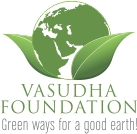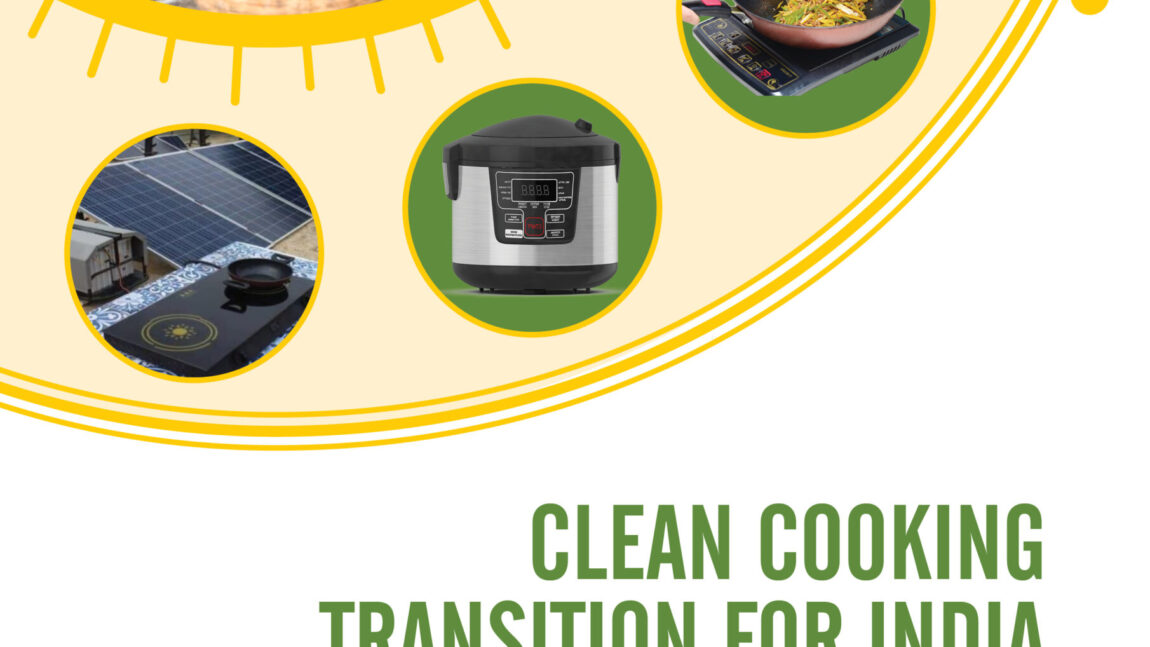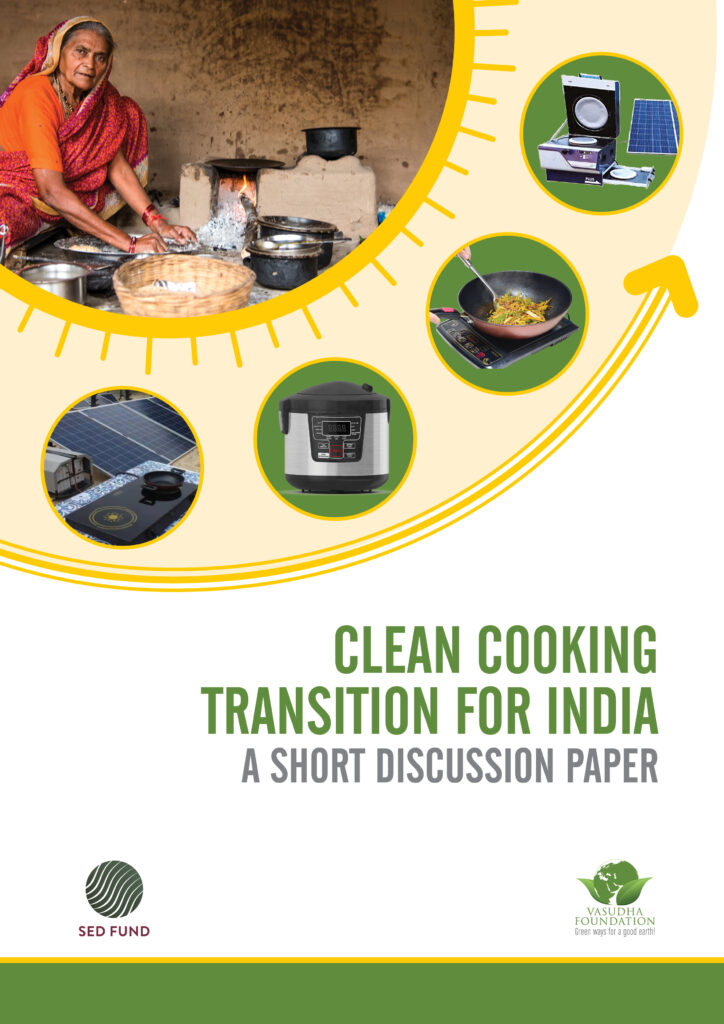In October 2022, the Government of India announced the Lifestyle for Environment (LiFE) initiative to encourage individual action to address the challenges of climate change and environmental degradation.1 The LiFE campaign integrates the concept of resource efficiency, circularity, and energy efficiency for individual and community action. It further contributes towards achieving Sustainable Development Goal 7 to ensure affordable and clean energy for all by 2030. Aligned with these initiatives, it is crucial to envision ways for transitioning towards clean and efficient ways of cooking. The clean cooking sector has always been a priority sector since providing energy for cooking is intertwined with the developmental goals of improving public health, advancing gender equality, environment conservation, and promoting economic development.
India’s Cooking Journey So Far
India has a population of 1.42 billion2 with almost 314 million households (HH). Out of this, almost 127 million3 households with approximately 577 million people continue to use traditional solid fuels for their cooking needs. In rural areas, the situation becomes increasingly dire, as approximately 54.3 percent of households rely on traditional biomass-based fuels, including agricultural residues, wood, dung, briquettes, pellets, and more. Consequently, leading to twin problems of high levels of ambient air pollution coupled with health and respiratory hazards for some of the vulnerable sections of society including women and children. The magnitude of the challenge is large and hence should be a priority going forward. The use of cleaner and more efficient cookstoves and cooking solutions can address not only the exposure to harmful indoor air pollutants but also help in reducing the carbon emissions due to inefficient cooking resulting from incomplete combustion.
References
1 https://pib.gov.in/PressReleasePage.aspx?PRID=1886051
2 United Nations Population Division. World Population Prospects: 2022 Revision.
3 World Bank staff estimates based on the United Nations Population Division’s World Urbanization Prospects: 2018 Revision.





